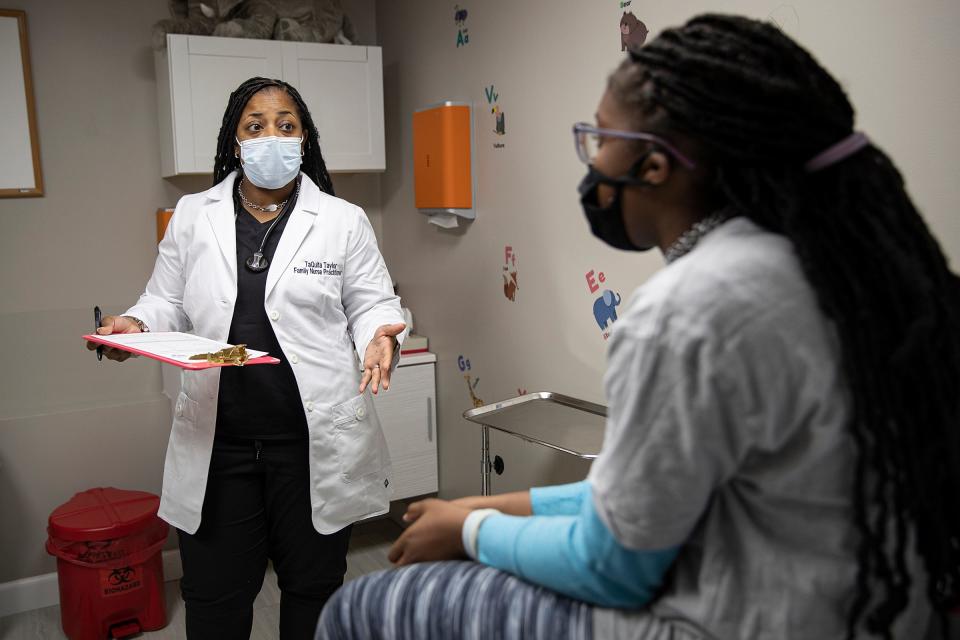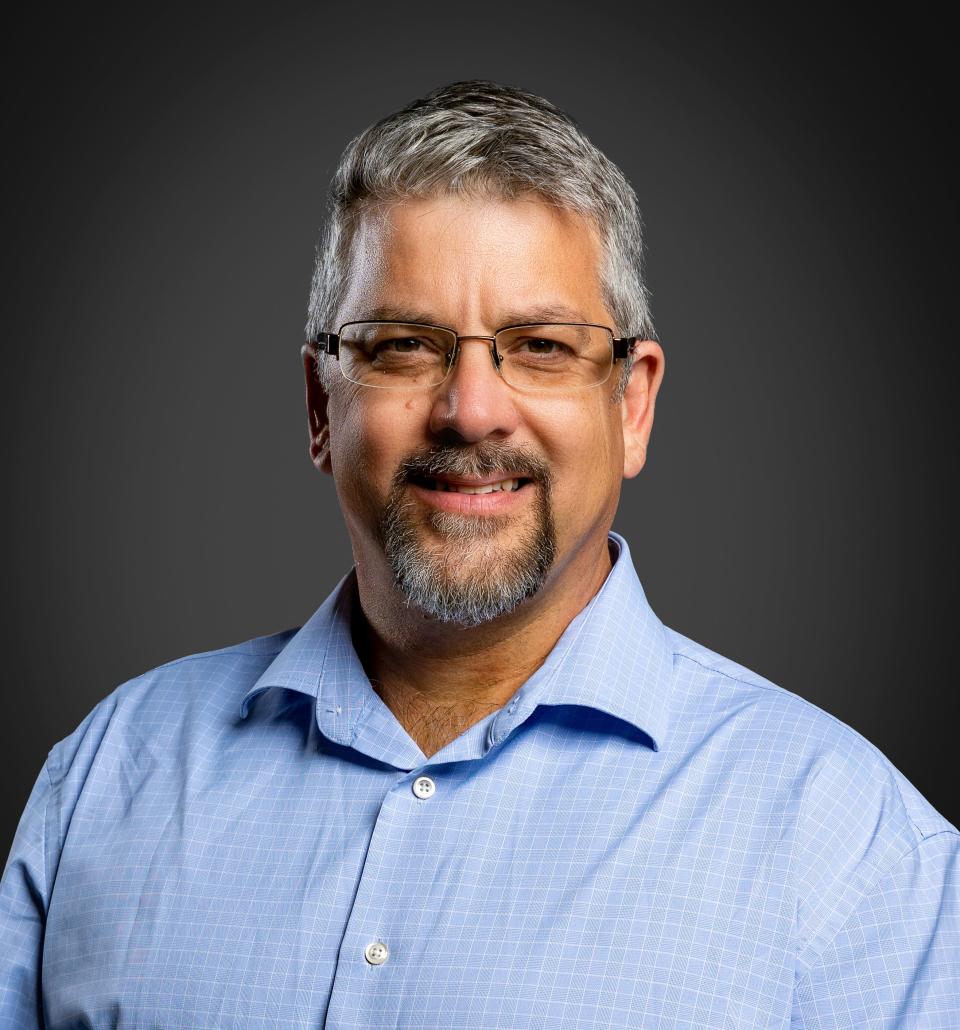Op/Ed: Indiana doesn't have enough primary care doctors — nurse practitioners can help
The governor’s public health proposal costs $242 million. That’s because the Governors Health Commission report finds that Indiana ranks 40th for health. That ranking is unacceptable. Something must be done.
But we can also consider less costly policies such as fully using our nurse practitioners. Nurse practitioners (NP) are fantastic health care providers, and Indiana could benefit from more of them.
NPs are registered nurses who have earned a master’s degree or a doctorate in nursing practice. They take graduate courses and complete clinical hours. They pass national board certification and are licensed in their state. Most NPs choose primary care, which is comprehensive treatment for ailments not requiring a specialist. That is just what Indiana needs.

One reason we rank so poorly is that Indiana does not have enough providers. When Hoosiers get sick — especially those living in rural areas — there aren’t enough primary health care providers. One cause of this primary care shortage is Indiana’s excessively restrictive medical regulation. These laws hinder qualified nurse practitioners (NPs) from working independently to meet Hoosiers’ needs.
The primary care shortage affects most of the state but is most severe in rural areas. The Kaiser Family Foundation, using data from Health Resources and Services Administration, shows Indiana has 138 designated health professional shortage areas (HPSA). There are almost 2.5 million Hoosiers living in areas without enough providers. To catch up, Indiana would need 244 more providers — and those providers would need to move to areas with shortages.
There are, of course, differences between physicians and NPs. Training for physicians is longer and more in depth. There are certain medical procedures that NPs do not perform.
However, plentiful research indicates that for most primary care purposes, NPs are perfectly good substitutes for physicians. Research in the journal Health Services Research found “patients reassigned to NPs experienced similar outcomes and incurred less utilization at comparable cost relative to MD patients.”
Op/Ed:Prioritizing access to health care protects patients, strengthens Indiana's economy
For example, a 2000 randomized control trial published in the Journal of the American Medical Association found NPs provide quality equivalent primary care. Reputable organizations, including the National Governors Association and the AARP have endorsed independent practice for NPs.
Yet Indiana continues to limit the practice of NPs by not letting NPs work on their own. Any NP wanting to practice on their own in Indiana needs a collaborative practice agreement with a physician, which requires a monthly payment. A 2020 study published in Nursing Economics found Florida NPs paid an average of $1,048 per month to collaborating physicians. Collaborative practice agreements require that supervising physicians review NPs’ charts, which takes time which physicians could use to see their own patients. Physicians could cancel at any time and that risk deters NPs from investing in new practices.
By removing these mandates, Indiana can attract more NPs and let them spend more time helping patients. Perhaps unsurprisingly, nurse practitioners in states that allow independent practice work more hours, as shown in research by Emory University professors Sara Markowitz and Kathleen Adams.
More coverage:IU Health opens one of largest family medicine practices in state
The number of primary care physicians is growing slowly, but the number of NPs is growing quickly. A 2020 article in the journal Health Affairs found between 2010 and 2017 the number of NPs in the U.S. more than doubled, from approximately 91,000 to 190,000. In a 2019 article in the journal Medical Care Research and Review, found the impact of additional NPs was most significant in rural and other underserved areas.
Most health initiatives are costly, but independent practice reform does not cost taxpayers any money. Quite the opposite! When NPs work independently, the health care system saves money in multiple ways. NPs are paid less than physicians. Increased primary care is preventive care detecting and treating problems early to save money.
My own work published in the Journal of Rural Health found diabetics got better primary care when states approved full practice authority. This meant that diabetics needed less additional care such as foot debridement.

Whether Indiana will enjoy a healthier future depends critically on what state legislators do. Giving NPs full practice authority will greatly contribute to the availability of primary health care in our state. It will benefit rural and other underserved populations, as well as Medicaid patients in Indiana. And it will do all this without costing the taxpayers a penny. Let’s hope legislators do the right thing for a healthier Indiana and give NPs full practice authority.
David Mitchell is the Distinguished Professor of Political Economy at Ball State University and the director of the Institute for the Study of Political Economy.
This article originally appeared on Indianapolis Star: Nurse practitioners can help solve Indiana's primary doctor shortage

